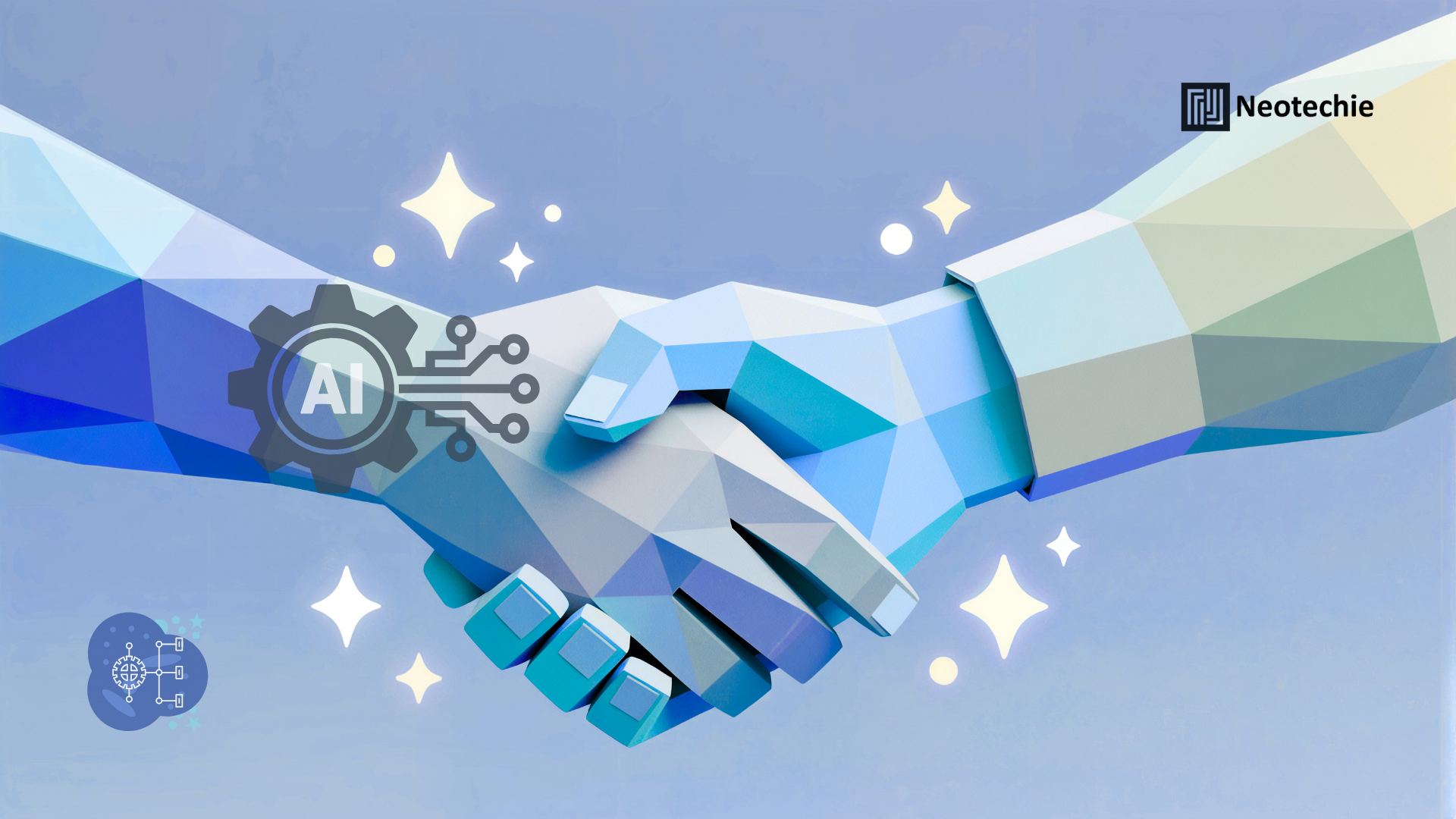The Human–Bot Partnership – Redesigning Workflows for Collaborative Intelligence
What is Collaborative Intelligence?
Collaborative intelligence in RPA is the strategic integration of human capabilities with automated digital bots to optimize workflows. While bots efficiently handle repetitive, high-volume, and rules-driven tasks, humans bring decision-making, strategic insight, creativity, and empathy to the table. This partnership ensures that every aspect of a business process is executed with maximum efficiency and minimal error.
In practical terms, collaborative intelligence allows bots to handle time-intensive tasks such as processing invoices, data entry, validation, and generating reports. Simultaneously, humans engage in analysis, strategic planning, client interactions, and creative problem-solving. This integration ensures that businesses maintain operational accuracy, accelerate process cycles, and free employees for higher-value work.
Why Collaborative Intelligence is Critical for Business Transformation
Collaborative intelligence catalyzes business transformation in multiple dimensions:
- Optimized Resource Allocation:
By automating repetitive, manual tasks, organizations can redeploy human resources to more strategic and creative roles. This realignment of talent ensures that employees contribute where they provide the most value, reducing redundancy and increasing overall operational efficiency. - Enhanced Accuracy and Consistency:
Bots eliminate errors associated with manual data handling, ensuring every task is executed according to defined business rules. This consistency is especially critical in sectors such as finance, healthcare, and compliance-heavy industries, where precision is mandatory and errors can lead to significant operational or regulatory consequences. - Increased Productivity:
With bots managing repetitive workflows, employees can focus on complex problem-solving, innovation, and strategic initiatives. The result is accelerated project completion, faster service delivery, and a tangible uplift in organizational productivity. - Innovation and Creativity:
Collaborative intelligence creates an environment where employees are liberated from routine work and encouraged to explore innovative solutions, experiment with new processes, and enhance products or services. This focus on creativity directly fuels business growth and enables the organization to differentiate itself in competitive markets. - Employee Engagement and Satisfaction:
Reducing monotonous tasks improves job satisfaction and morale. Employees feel empowered and valued when their work is strategically meaningful, leading to higher retention, better performance, and an engaged workforce that actively contributes to organizational objectives.
How Businesses Implement Human–Bot Collaborative Workflows
Successful human–bot collaboration requires careful planning and execution:
- Process Reengineering:
Analyze existing workflows to determine which tasks can be automated and which require human judgment. Redesign processes to create optimal synergy between humans and bots, ensuring that each complements the other’s strengths and addresses operational gaps. - Task Segmentation:
Clearly delineate responsibilities. Bots should manage repetitive, predictable tasks such as data entry, validation, report generation, and notifications. Humans focus on tasks requiring reasoning, creativity, interpersonal communication, and decision-making that impacts strategic direction. - Feedback Loops:
Establish continuous feedback mechanisms that allow human employees to monitor, review, and refine bot performance. This iterative loop ensures bots adapt to changing process requirements and organizational priorities, improving efficiency and accuracy over time. - Integrated Communication:
Develop systems and protocols that allow seamless interaction between bots and human operators. Automated alerts, notifications, and dashboards ensure that humans are informed about process status, exceptions, or critical decisions that require their input. - Cultural Alignment and Training:
Foster an organizational culture that embraces automation as a collaborative partner. Train employees to work alongside bots effectively, highlighting the benefits of collaborative intelligence and addressing concerns about role displacement, ensuring adoption and maximized value realization.
How Neotechie Helps
Neotechie enables organizations to fully harness the potential of collaborative intelligence through:
- Comprehensive Workflow Analysis: Evaluating existing processes to identify high-impact opportunities for human-bot collaboration.
- Tailored RPA Deployment: Designing bots that align precisely with organizational needs, complement human roles, and integrate seamlessly into workflows.
- Continuous Monitoring and Optimization: Tracking performance metrics, refining processes, and adapting bots to evolving business requirements.
- Change Management and Employee Training: Supporting cultural adoption, equipping employees with the knowledge and tools to collaborate effectively with bots, and addressing potential resistance.
- Strategic Business Transformation: Aligning human-bot collaboration with organizational goals to improve efficiency, productivity, and innovation, while driving measurable business transformation.
Driving Business Transformation with Human–Bot Partnerships
Collaborative intelligence is a pivotal enabler of modern business transformation. By distributing tasks strategically between humans and bots, organizations enhance accuracy, efficiency, and agility. Employees are freed from repetitive work and can focus on strategic initiatives, while bots ensure consistent, high-quality execution of routine operations.
Neotechie’s expertise ensures that collaborative intelligence is not just a technical deployment but an embedded strategic capability. The resulting human-bot partnership transforms processes, fosters innovation, strengthens compliance, enhances employee engagement, and ultimately drives sustainable business growth and competitive advantage.

